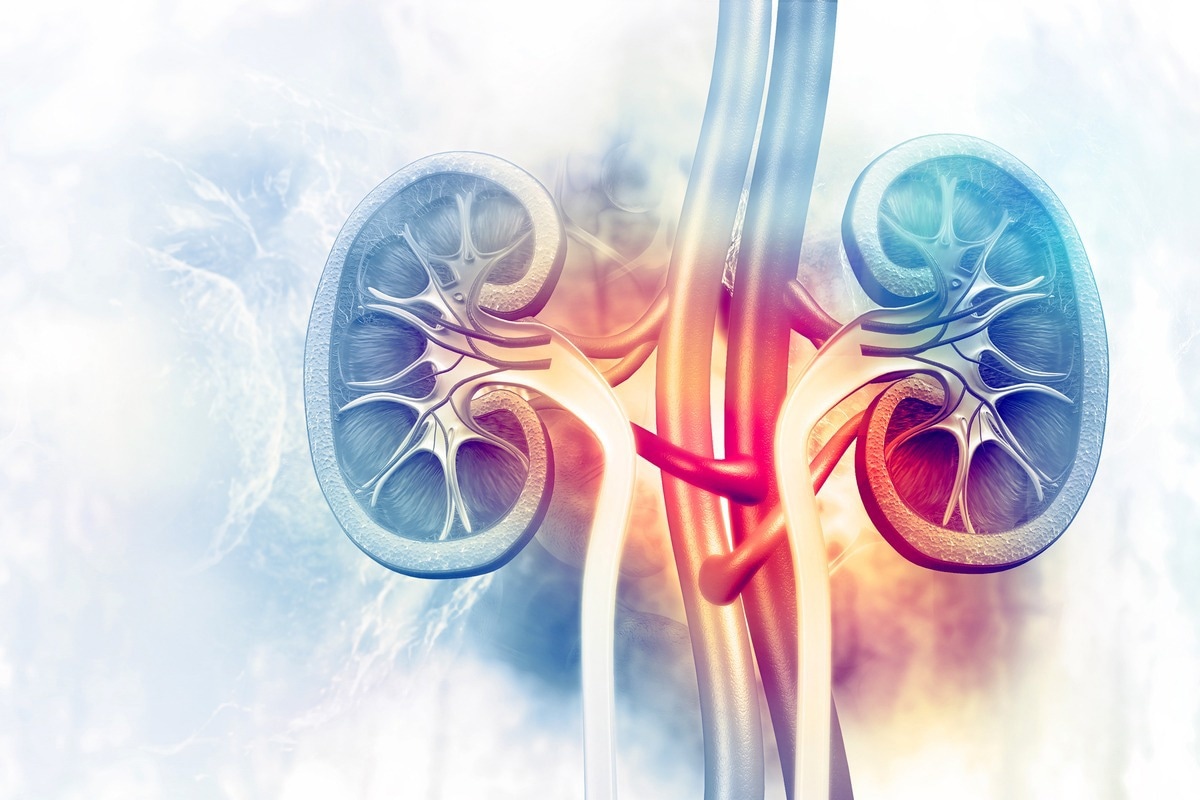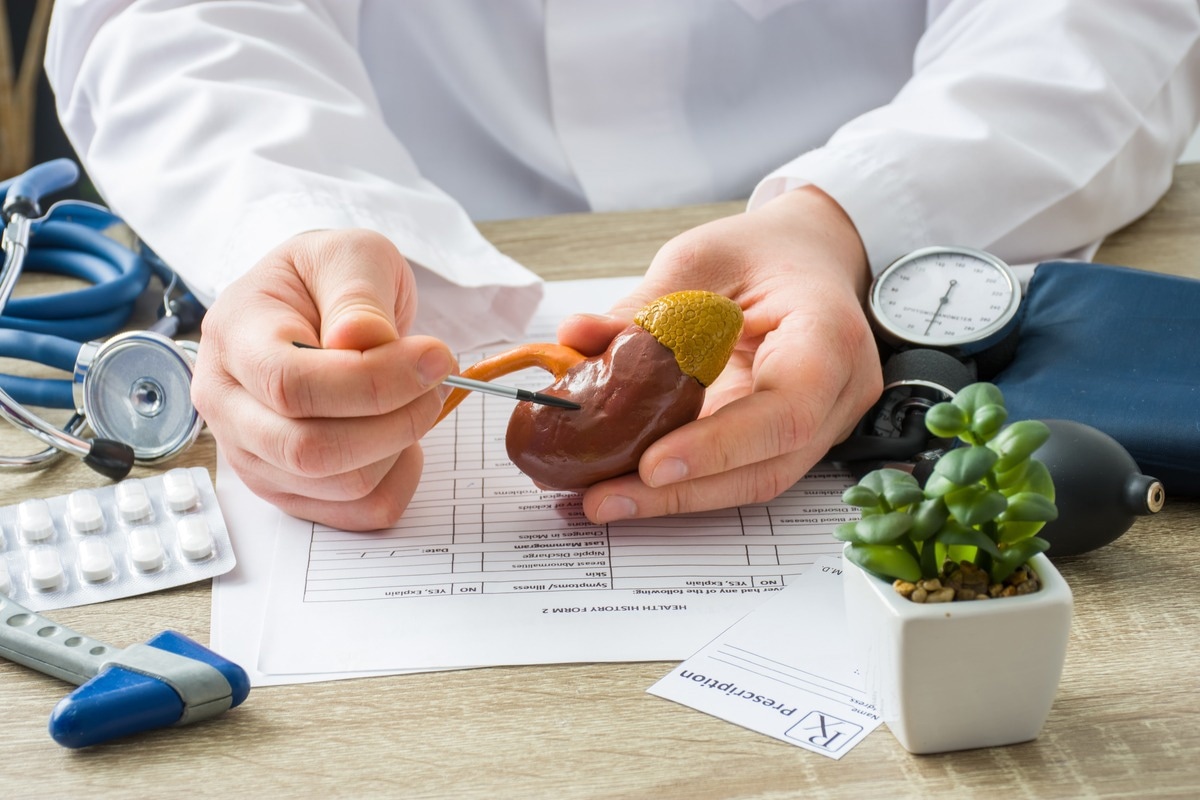Introduction
Definition of contrast-induced nephropathy
Risk factors for contrast-induced nephropathy
Diagnosis of contrast-induced nephropathy
Treating contrast-induced nephropathy
References
Further reading
Contrast-induced nephropathy (CIN) is a complication that results in the impairment of kidney function that results from the intravenous or intra-arterial contrast administration of contrast media during angiographic procedures.
 Image Credit: crystal light/Shutterstock
Image Credit: crystal light/Shutterstock
CIN represents 12% of cases of hospital-acquired acute renal injury (represents the third most common cause of this injury).
The incidence of CIN depends on patient risk factors but varies between 0 and 24%. In those with normal renal function, the incidence of CIN is low (0-5%), increasing to between 12 and 27% in patients with preexisting renal impairment. The incidence has, however, been shown to reach as high as 50%; this dramatic increase was observed in those with diabetic nephropathy undergoing coronary angiography despite preventative measures (use of contrast medium with low osmolarity and sufficient hydration.
Importantly, CIN is both a transient and reversible form of acute renal failure; however, it is not uncomplicated, associated with increased morbidity and mortality, increased hospital stay, and subsequently presents a greater financial burden to the healthcare system.
Definition of contrast-induced nephropathy
CIN is quantified as the elevation of serum creatinine of > 25% or ≥0.5 mg/dl (44 μmol/l) from baseline within 48 hours. It is important to exclude other factors that may cause nephropathies, such as hypotension, nephrotoxins, atheromatous emboli, or urinary obstruction. The condition is considered to be self-limiting, with serum creatinine peaking between 3 and 5 days, with a subsequent gradual return to baseline levels between 7 and 10 days.
The increase in serum creatinine following percutaneous coronary intervention (PCI) is thought to have prognostic significance regardless of starting kidney function. A slight elevation in serum creatinine (defined as between 25 and 35 μmol/l) is correlated with a 30-day mortality increase. Moreover, post-PCI serum creatinine increase has been correlated with higher 1-year mortality compared to periprocedural myonecrosis. periprocedural myonecrosis is an additional adverse event associated with PCI.

 Related: Renal Failure Stages and Symptoms
Related: Renal Failure Stages and Symptoms
Risk factors for contrast-induced nephropathy
Several risk factors may contribute to the development of contrast-induced neuropathy. Broadly speaking these factors can be divided into two groups. The first is patient-related and includes:
- Pre-existing renal insufficiency
- Diabetes
- >75 years old
- Uncontrolled hypertension
- Hypotension requiring inotropes (a group of drugs that alter the contractility of the heart)
- Congestive heart failure
- Use of Intraaortic balloon pump
- Anemia
- Hypoalbuminemia
- Liver cirrhosis
The second is procedure-related and includes:
- Volume, osmolality, or viscosity of contrast
- Repeated exposures to contrast medium within 72 h
- Concurrent use of diuretics or nephrotoxic drugs (nonsteroidal anti-inflammatory drugs (NSAIDs) and aminoglycosides)
-
 Image Credit: Shidlovski/Shutterstock
Image Credit: Shidlovski/Shutterstock
Diagnosis of contrast-induced neuropathy
As stated, the elevation of serum creatinine of more than 25% above baseline, within 48 hours following contrast media administration is the hallmark diagnostic criteria after excluding other potential causes. In addition to this, acidosis and an increase in serum potassium (hyperkalemia) may also be present.
Typically, there is a 24 to 48-hour delay between exposure to the contrast media under the change in serum creatinine. Consequently, this delay results in serum crafting functioning as a late indicator of renal function changes. As a result, more timely and sensitive markers of injury to the liver are desirable. Several biomarkers have been under evaluation and include:
- Plasma neutrophil gelatinase-associated lipocalin (NGAL), also known as human neutrophil lipocalin: serum and urinary levels increase well before the increase of serum creatinine and shows a greater sensitivity relative to the latter for the detection of acute kidney injury. levels of NGAL significantly increase as little as 2 hours after contrast-induced neuropathy
- Plasma cystatine-C (CysC): this is a low molecular weight protein, produced by all nucleated cells at a constant rate and is filtered across the kidney membrane; the protein is not secreted or reabsorbed. The majority of the protein is broken down in the proximal tubule in the kidney, and its clearance from the kidney cannot be measured. However, the concentration measured in the plasma or serum reflects the glomerular filtration rate CysC significantly increases in patients with contrast-induced neuropathy after 8 hours
- Urinary interleukin-18 (IL-18, interferon-gamma inducing factor): this indicates proximal acute tubular necrosis; a >60 pg/ml 24 hours after exposure to contrast media is considered significant
- Urinary liver-type fatty acid-binding protein (L-FABP): FABPs function as chaperones of intracellular lipids, transporting lipids to compartments of the cell. It significantly increases in patients with contrast-induced neuropathy after 24 hours. However, it is thought to be poorly specific as it may be interfered with by systemic processes that occur in critically ill patients
Treating contrast-induced neuropathy
The treatment of CIN involves fluid and electrolyte management, but there is no defined treatment procedure. Consequently, the choice to conduct procedures involving contrast media requires a benefit-risk assessment. In addition, it is recommended that repeated exposure to contrast media over a short period should be avoided where possible.
Since there is no effective therapy available to treat contrast-induced neuropathy, it is essential to take the following precautions to prevent its occurrence. This includes maintaining sufficient volume expansion, minimizing the volume of contrast media used, and, whenever possible, avoiding the use of nephrotoxic medications.
References
- Mohammed NM, Mahfouz A, Achkar K, et al. (2013) Contrast-induced Nephropathy. Heart Views. doi:10.4103/1995-705X.125926.
Further Reading
Last Updated: Jun 30, 2022